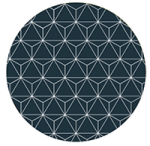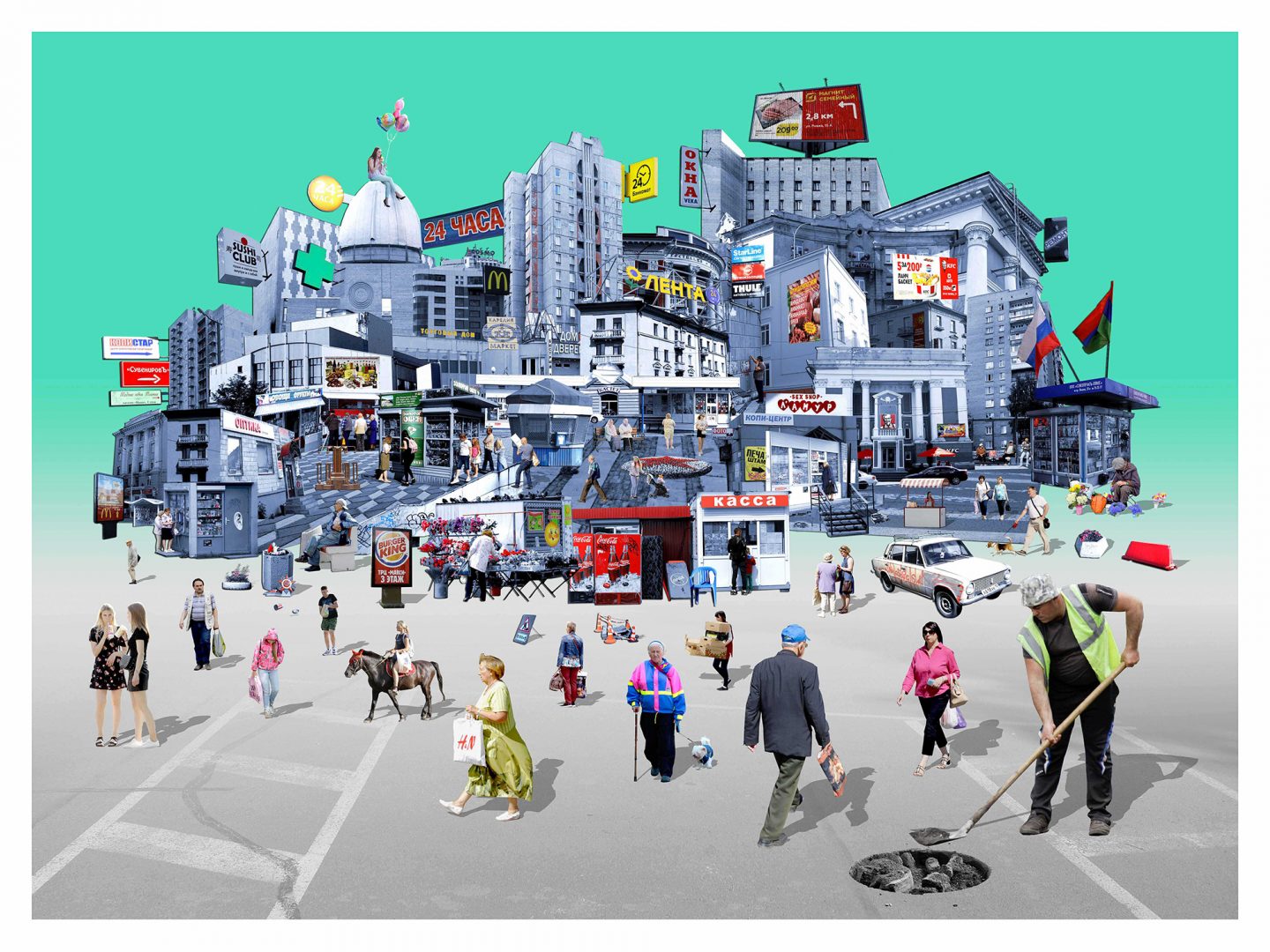Award 2021
Welcome to the Social Art Award 2021 – Online Gallery!
We are grateful for the many inspiring contributions from artists around the world. The selected works reflect a broad spectrum of contemporary social art practices and explore new relationships between humans, nature, and technology. They address themes such as ecological regeneration, climate justice, sustainable futures, social resilience, and more-than-human perspectives.
Below you will find the submissions from the Social Art Award 2021 – New Greening edition that passed the initial jury round. The Online Gallery offers public visibility to these works and encourages dialogue around their ideas and approaches; it does not replace the final jury decision.
Thank you to all artists for sharing your visionary and committed work. We invite you to explore the gallery and engage with the perspectives shaping New Greening.
Lenin Street
Luke Conroy
This image is from the broader News From Home project. News from Home is a collaboration between visual artist and sociologist Luke Conroy (Australia) and documentary filmmaker and visual artist Anne Fehres (The Netherlands). This is an ongoing documentary project that explores the meaningful yet often overlooked or omitted stories of a community. The stories are explored through in-depth research, community collaboration and observations that are then expressed through a range of media including photography, sound, digital art, writing, video, and installation. The conceptual basis of 'News From Home' is a consideration of a simple object - the postcard. The artists are interested in how these highly visual, kitsch objects can tell stories, shape expectations and influence actions in a place. Through their glossy, saturated images, the postcard offers a window to a place that is highly idyllic but also constructed and lacking personal-depth. Such a view holds many parallels with the ‘idyllic’ lives harvested online through social media. The result of such an approach to the world, one defined by 'postcard views', is that it overlooks and omits the meaningful and messy realities present. This work is from the fourth edition of the News From Home project, in Petrozavodsk, Russia. This work is made of 1000 layers captured by us during our stay in Petrozavodsk. In this city, The former leader of the Soviet Union, Vladimir Lenin, still occupies a prominent place in Petrozavodsk. This is due to his eleven-metre-tall statue overlooking the city, which sits close by the street named in his honour that runs from the railway station through the city to the lake. It is worth considering what the former leader might think of his current presence in the city. Certainly he would be comforted by the frequent visitors to his monument, taking photos and leaving behind a flower wedged between the granite stones. He might however have a different feeling towards the shops and businesses lining the street with his name. There is an irony in the street named after the famous socialist leader now being the home for many shops and businesses revelling in capitalism. Walking down Lenin Street today, one sees advertising for new Apple phones, people eating McDonalds burgers and shoppers carrying bags branded with the fashion outlet H&M. Amongst the busy rush of people, it is worth pausing for a moment to consider how unlikely this might have seemed not so long ago. This work was one of 18 collages made for an exhibition in the city, with each work aiming to tell stories of this community. This work encompases the idea of 'New Greening' through it encouraging of resilient cities. This work and it's broader project were undertaken in a small, Russian city, which otherwise escapes Western consideration. Through this project we aimed to broaden the reach of the stories from this community, as a way of valuing it's members and building more resilient social ties.
This image is from the broader News From Home project. News from Home is a collaboration between visual artist and sociologist Luke Conroy (Australia) and documentary filmmaker and visual artist Anne Fehres (The Netherlands). This is an ongoing documentary project that explores the meaningful yet often overlooked or omitted stories of a community. The stories are explored through in-depth research, community collaboration and observations that are then expressed through a range of media including photography, sound, digital art, writing, video, and installation. The conceptual basis of 'News From Home' is a consideration of a simple object - the postcard. The artists are interested in how these highly visual, kitsch objects can tell stories, shape expectations and influence actions in a place. Through their glossy, saturated images, the postcard offers a window to a place that is highly idyllic but also constructed and lacking personal-depth. Such a view holds many parallels with the ‘idyllic’ lives harvested online through social media. The result of such an approach to the world, one defined by 'postcard views', is that it overlooks and omits the meaningful and messy realities present. This work is from the fourth edition of the News From Home project, in Petrozavodsk, Russia. This work is made of 1000 layers captured by us during our stay in Petrozavodsk. In this city, The former leader of the Soviet Union, Vladimir Lenin, still occupies a prominent place in Petrozavodsk. This is due to his eleven-metre-tall statue overlooking the city, which sits close by the street named in his honour that runs from the railway station through the city to the lake. It is worth considering what the former leader might think of his current presence in the city. Certainly he would be comforted by the frequent visitors to his monument, taking photos and leaving behind a flower wedged between the granite stones. He might however have a different feeling towards the shops and businesses lining the street with his name. There is an irony in the street named after the famous socialist leader now being the home for many shops and businesses revelling in capitalism. Walking down Lenin Street today, one sees advertising for new Apple phones, people eating McDonalds burgers and shoppers carrying bags branded with the fashion outlet H&M. Amongst the busy rush of people, it is worth pausing for a moment to consider how unlikely this might have seemed not so long ago. This work was one of 18 collages made for an exhibition in the city, with each work aiming to tell stories of this community. This work encompases the idea of 'New Greening' through it encouraging of resilient cities. This work and it's broader project were undertaken in a small, Russian city, which otherwise escapes Western consideration. Through this project we aimed to broaden the reach of the stories from this community, as a way of valuing it's members and building more resilient social ties.



